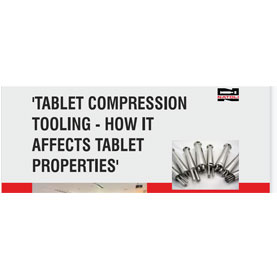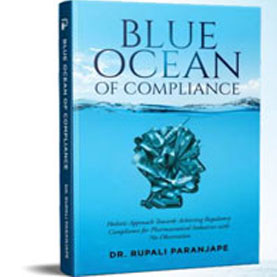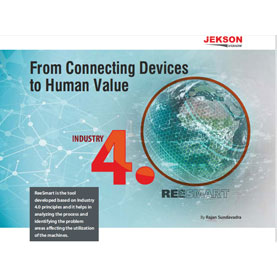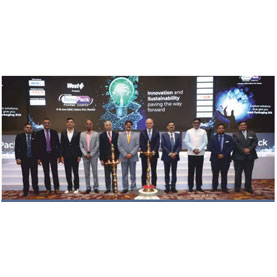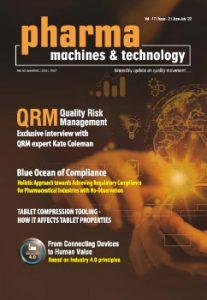
Dear Pharma Pals,
Why is QRM important for a pharmaceutical organization? What’s an efficient QRM program? How QRM is implemented and applied across the product life cycle? How to plan a QRM program that is practical to maintain? How to manage a QRM program efficiently and effectively? How to embed QRM in all levels of the pharmaceutical organization? What is the correct way of implementing QRM?
QRM expert Kate Coleman, Senior Director and Principal Consultant, PharmaLex, gives conclusive answers in an exclusive interview with this magazine. Quality Risk Management (QRM) is important as it ensures that we place the risk to the patient and risk to product quality at the centre of each decision that we make. A QRM program can only be efficient when the information gathered through the risk assessment process is revisited regularly and used to drive decision making.
Always keep in mind that QRM is not a tool for justifying bad practice or justifying deviations from GMP. QRM programs become inefficient and resource hungry when risk assessments are performed every time something goes wrong instead of performing them at the start when you have a chance to mitigate risk and prevent issues.
Kate categorically states that if there is a culture of justification of current practice through risk assessment, an organisation will not improve or progress and will still have to waste resources in the management of deviations and issues that could have been foreseen and prevented with a good QRM program.
Also read in this issue is Natoli’s initiative to minimize the gap between academics and the industrial aspect of pharmaceutics, and make the students industry ready. Yasar Shaikh, Director – International Business, Natoli Engineering Inc, USA, conducted a training program on tablet compression at Bombay College of Pharmacy.



